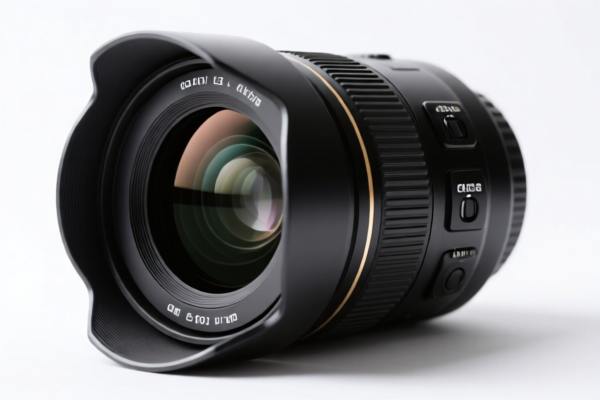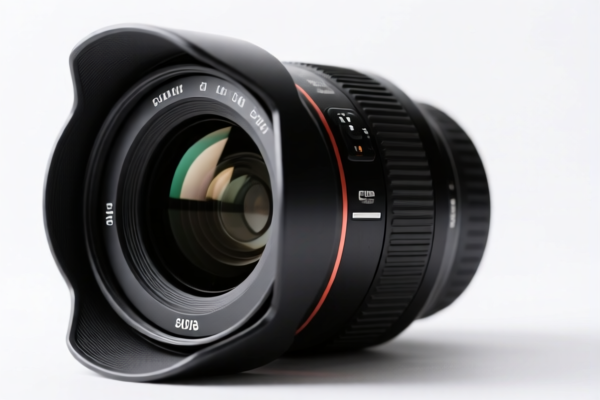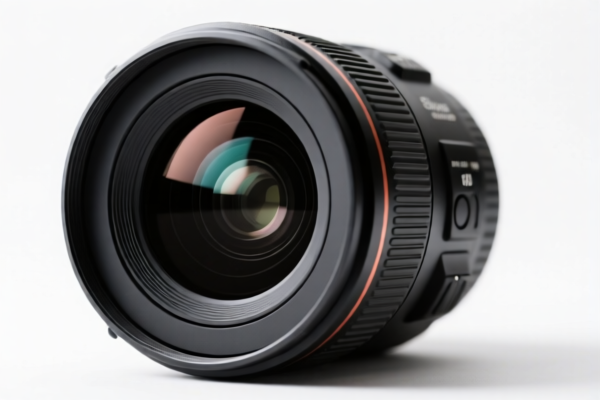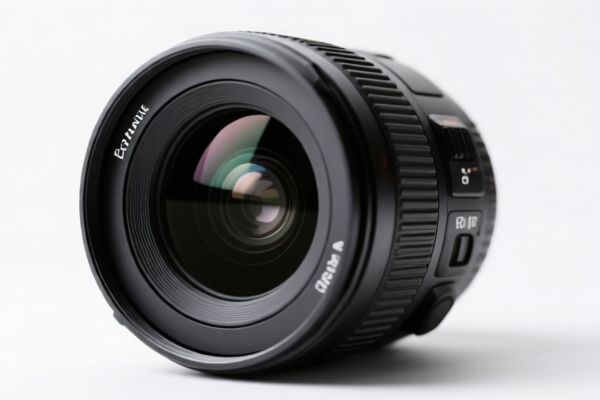| HS Code | Official Doc | Tariff Rate | Origin | Destination | Effective Date |
|---|---|---|---|---|---|
| 9006910001 | Doc | 43.3% | CN | US | 2025-05-12 |
| 8539900000 | Doc | 57.6% | CN | US | 2025-05-12 |
| 9033009000 | Doc | 59.4% | CN | US | 2025-05-12 |
| 3926904800 | Doc | 33.4% | CN | US | 2025-05-12 |
| 3926909989 | Doc | 42.8% | CN | US | 2025-05-12 |
| 3923500000 | Doc | 60.3% | CN | US | 2025-05-12 |
| 3923900080 | Doc | 58.0% | CN | US | 2025-05-12 |
| 4823904000 | Doc | 55.0% | CN | US | 2025-05-12 |
| 4823901000 | Doc | 55.0% | CN | US | 2025-05-12 |
| 4819504060 | Doc | 55.0% | CN | US | 2025-05-12 |
| 4819504020 | Doc | 55.0% | CN | US | 2025-05-12 |




Camera Lens Cover
A camera lens cover is a protective accessory for camera lenses, designed to shield the lens element from physical damage, dust, scratches, fingerprints, and other environmental factors. They are a crucial component in maintaining the functionality and longevity of camera lenses.
Material
Lens covers are commonly constructed from the following materials:
- Plastic: Typically polycarbonate or acrylic, offering a balance of impact resistance, lightweight properties, and affordability. Often used for snap-on caps and filter-style covers.
- Metal: Aluminum alloys are frequently used for higher-end screw-in covers, providing increased durability and a more secure fit.
- Glass: Some specialized covers utilize optical glass, offering superior scratch resistance and clarity, although they are more prone to breakage.
- Rubber/Silicone: Used for pinch lens caps, providing a tight seal and protection against dust and moisture.
Purpose
The primary purposes of a lens cover are:
- Physical Protection: Preventing damage from impacts, knocks, and drops.
- Dust and Scratch Prevention: Shielding the lens surface from abrasive particles and potential scratches.
- Moisture Protection: Offering a degree of protection against rain, splashes, and humidity.
- Fingerprint Prevention: Reducing the transfer of fingerprints and oils onto the lens element.
Function
Lens covers function by creating a physical barrier between the lens element and the surrounding environment. They are designed to be easily attached and removed, allowing for quick access to the lens when taking photographs.
Usage Scenarios
- General Storage: Protecting the lens when not in use, whether in a camera bag, on a shelf, or during transport.
- During Shooting: Some photographers use lens covers even during shooting, particularly in challenging environments (e.g., windy conditions, dusty locations).
- Lens Changes: Protecting the lens while switching between lenses.
- Travel: Providing additional protection during travel and outdoor photography.
Common Types
- Snap-On Lens Caps: The most common type, these caps simply snap onto the front of the lens. Often include a center-pinch release button. Usually lens-specific in size (e.g., 52mm, 77mm).
- Screw-In Lens Caps: These caps thread onto the front of the lens, providing a more secure fit. Also lens-specific in size.
- Pinch Lens Caps: These caps have a rubber or silicone rim that grips the lens, providing a tight seal.
- Filter-Style Lens Covers: These covers resemble filters and screw onto the front of the lens. They often have a wider diameter and can provide additional protection for the lens element. Can also be used to stack other filters.
- Rear Lens Caps: Protect the rear element of the lens when the lens is not mounted on a camera.
- Lens Hoods: While primarily for reducing flare and improving image quality, lens hoods also offer a degree of physical protection to the lens element.
Camera lens covers are protective accessories designed to shield camera lenses from damage, dust, and scratches. They are typically made of plastic or glass and attach to the front of the lens.
The following HS codes may be relevant based on the provided reference material:
-
9006910001: Photographic (other than cinematographic) cameras; photographic flashlight apparatus and flashbulbs other than discharge lamps of heading 8539; parts and accessories thereof: Parts and accessories: For cameras. This code encompasses parts and accessories for cameras, which could include lens covers if they are specifically designed as camera accessories.
- 90: Chapter – Optical, photographic, cinematographic, measuring, checking, precision, medical or surgical instruments and apparatus; clocks and watches; musical instruments (parts and accessories thereof).
- 06: Heading – Cameras; photographic flashlight apparatus and flashbulbs other than discharge lamps of heading 8539.
- 910001: Subheading – Parts and accessories: For cameras.
-
3926909989: Other articles of plastics and articles of other materials of headings 3901 to 3914: Other: Other. If the lens cover is made of plastic and doesn't fall under a more specific category within Chapter 39, this code may apply.
- 39: Chapter – Plastics and articles thereof.
- 26: Heading – Other articles of plastics and articles of other materials of headings 3901 to 3914.
- 909989: Subheading – Other: Other.
-
3923900080: Articles for the conveyance or packing of goods, of plastics; stoppers, lids, caps and other closures: Other Other. If the lens cover functions primarily as a protective cap, this code could be considered.
- 39: Chapter – Plastics and articles thereof.
- 23: Heading – Articles for the conveyance or packing of goods, of plastics; stoppers, lids, caps and other closures.
- 900080: Subheading – Other Other.
According to the provided reference material, the HS code options related to 'camera lens cover' are limited, with only the following 3 found.
It is important to determine the material composition of the lens cover (plastic, glass, etc.) and its primary function (accessory for camera, protective cap) to select the most appropriate HS code.
Customer Reviews
No reviews yet.